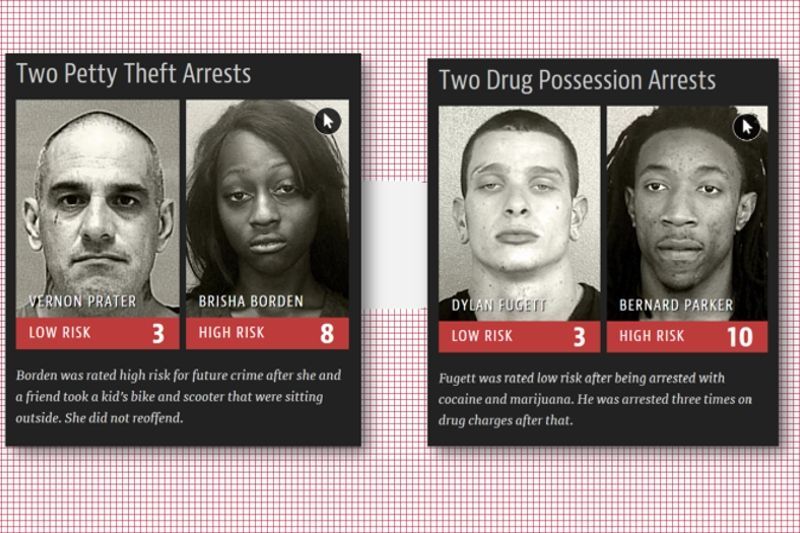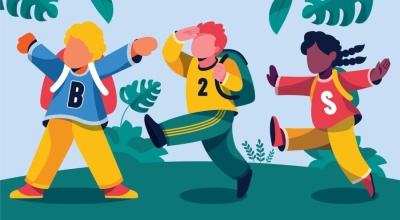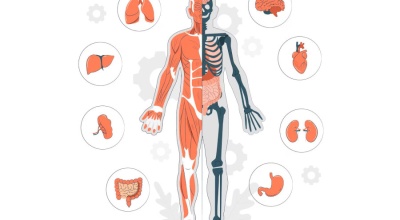Being handcuffed creates a paper trail of police activity if your employer or potential employers does a background check. You can be demoralized even if you are not arrested.
June 15, 2016: Report
Researchers at nearby Stanford University spent two years analyzing vast amounts of data, field reports from 28,000 stops officers made on the streets and roads during a 13-month period, and body-cam video from 2,000 of those encounters. They expected to find about 7,800 stops of African-Americans. In fact, there were more than double, almost 17,000 stops.
REBECCA HETEY: Even when we took out stops that resulted in arrests, we found that one in four black men, for example, were handcuffed, compared to one in 15 white men.
May 23, 2016: Machine Bias
There’s software used across the country to predict future criminals. And it’s biased against blacks.
In forecasting who would re-offend, the algorithm made mistakes with black and white defendants at roughly the same rate but in very different ways. (Read our analysis.)
- The formula was particularly likely to falsely flag black defendants as future criminals, wrongly labeling them this way at almost twice the rate as white defendants.
- White defendants were mislabeled as low risk more often than black defendants.
In 2014, then U.S. Attorney General Eric Holder warned that the risk scores might be injecting bias into the courts. He called for the U.S. Sentencing Commission to study their use. “Although these measures were crafted with the best of intentions, I am concerned that they inadvertently undermine our efforts to ensure individualized and equal justice,” he said, adding, “they may exacerbate unwarranted and unjust disparities that are already far too common in our criminal justice system and in our society.”
June 15, 2016: The Senate's 'Risk Score' On Coming Home
A Senate bill on the issue has attracted an impressive 37 co-sponsors from both sides of the aisle. The Sentencing Reform and Corrections Act has gained support from figures as politically diverse as the Koch brothers and President Obama for its goals of reforming mandatory minimum sentences, reducing prison populations, and rehabilitating prisoners.
One aspect of the bill, however, has attracted much less attention: It would require the government to rate federal prisoners’ risk of committing a future crime, and treat them differently according to those ratings. The bill calls for the attorney general to develop a new formula for predicting future behavior or adopt an existing tool. The Bureau of Prisons would then use the algorithm to score and classify inmates.
Inmates who receive “low risk” scores — and those who manage to lower their scores over time — would be allowed into rehabilitation and education programs that would shave time off of their sentences. “High risk” inmates would not be eligible.
Public Downloads
All items are free to view, share, and download.
Public Downloads - Español (Spanish)
When available, we provide all our content with a Spanish version in our public download section. You can find additional material from sources listed in all our articles.
Download Prosecutor Accountability Movement Information, and Resources
Download Information and Resources About Organizations
Download African American Activity Books
Download African American Activity Worksheets
Download Activities About Culture
Download Civil Rights, Activities, Information, and Resources














